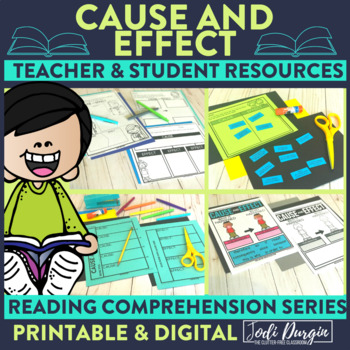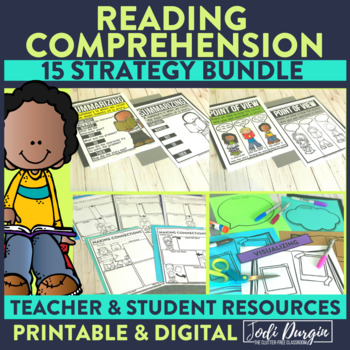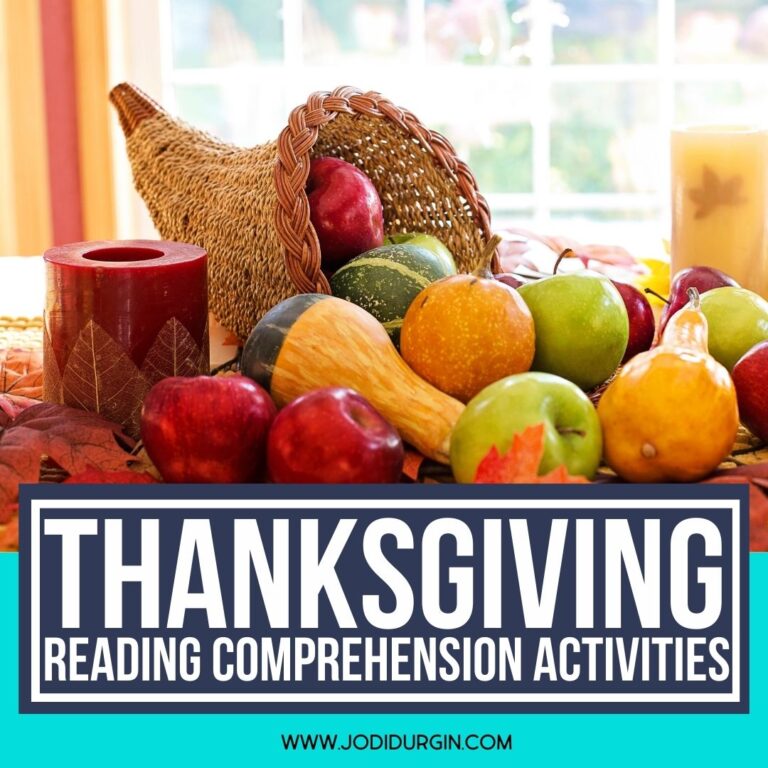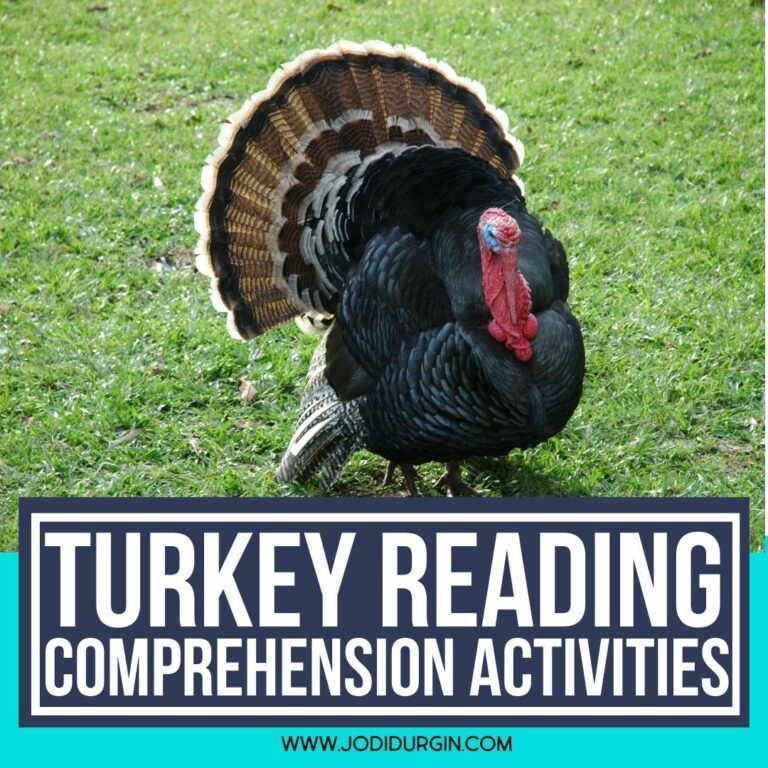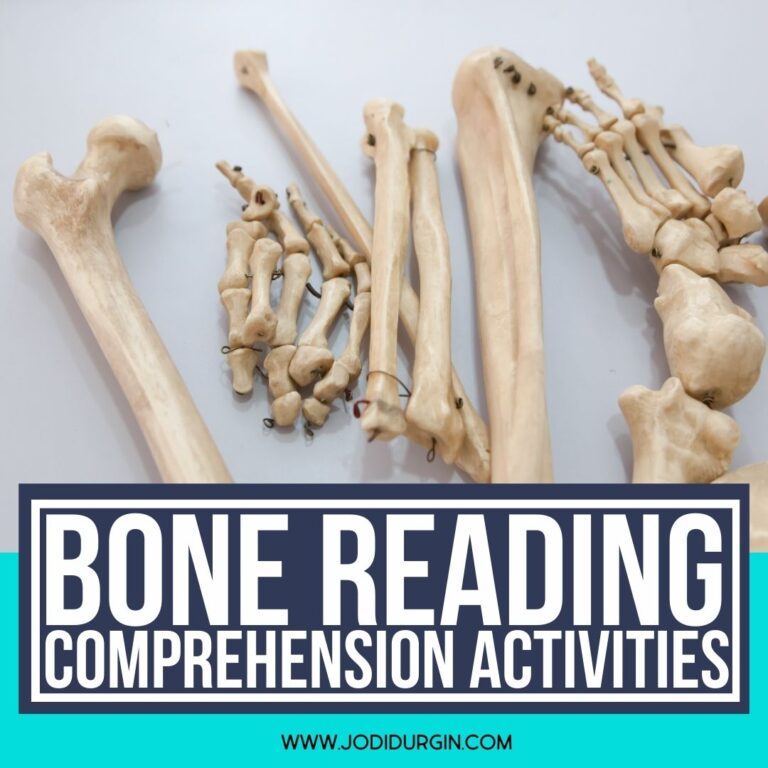Cause and effect is an important reading comprehension strategy for elementary students to become proficient in. This strategy helps readers better understand the plot, make predictions, and enjoy stories they read and listen to. Learn all about how to teach cause and effect below!
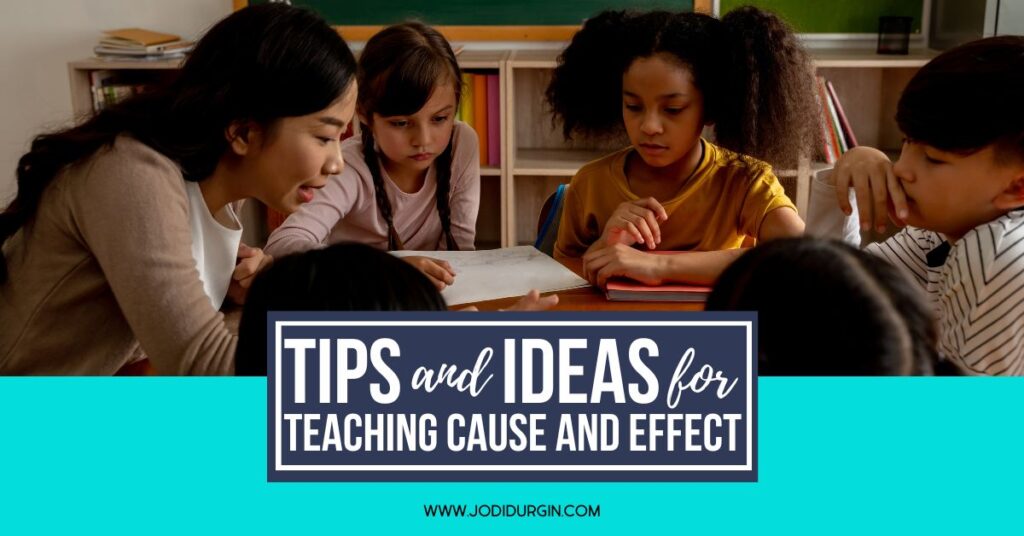
What is Cause and Effect?
Identifying cause and effect is a reading comprehension strategy as well as something we experience in our everyday lives. The purpose of this strategy is to help readers understand why things happened the way they did. In doing so, readers are able to follow the author’s thought process in both fiction and nonfiction text. Cause and effect show the reader connections between the result of something and the events that came before it.
Basically, identifying the cause and effect shows how one thing can cause something else to happen. In literature, readers identify the cause first, which explains why something happens. The cause is the driving force that makes other things happen later in the text. The effect happens after and is the result of the cause. When readers determine the effect, they are identifying and describing what happened.
Why Is Identifying Cause and Effect an Important Comprehension Strategy?
Like all reading strategies, identifying the cause and effect is an important skill for comprehension. When students are able to determine the cause and effect their comprehension is strengthened because they are able to understand when the actions and reactions occurred. As students look for the cause and effect, they are focusing on two important elements: what happens in the story and why it happened.
Identifying cause and effect is an important skill not only in reading, but almost every other subject area: math, science, history, and in social skills. This is a critical thinking skill that helps us analyze relationships, whether it’s between people, events or ideas. In reading, students use these critical thinking skills to analyze the consequences of characters’ actions and to consider how different actions might have different effects.
3 Tips for Teaching Students to Identify Cause and Effect
Below are suggestions for when you’re teaching your students to identify cause and effect when reading.
1. Read Aloud Picture Books
Reading aloud picture books is a great way to model and practice this reading comprehension strategy. There are tons of great read alouds out there for teaching students to identify cause and effect in a book. Some high-quality examples include Mr. Peabody’s Apples, Hooway for Wodney Wat, Thank You, Mr. Falker, Ordinary Mary’s Extraordinary Deed, and The Rough Patch.
2. Make Anchor Charts
Anchor charts are another great way to teach students about identifying cause and effect in children’s books. My cause and effect resource includes an interactive anchor chart that successfully engages students in their learning and provides a visual learning experience for students to learn about identifying cause and effect.
3. Use Videos
The third on the list of tips for teaching students to identify cause and effect is playing videos. This is another great visual learning opportunity for students to learn about what can feel like a very abstract idea. Below are some examples of videos that are great for teaching students how to identify cause and effect in picture books.
- https://jr.brainpop.com/readingandwriting/comprehension/causeandeffect/
- https://www.youtube.com/watch?v=amH8vr7fMdg
Cause and Effect Resources
These printable and digital resources for teaching elementary students about identifying cause and effect make curriculum and lesson planning quick and easy. It includes teacher, parent, and student resources, so you’ll have everything you need to deliver meaningful research-based instruction rooted in current best practices.
What is Included
1. Teacher Resources
There are teacher notes about the strategy, teaching ideas, a planning page with question prompts, and list of mentor texts, so you have all of the information you need to plan a research and standards-based reading unit based on this reading comprehension strategy.
2. Parent Resources
There is a parent letter and a reading log with suggested question prompts so parents can confidently support and reinforce the strategy you are teaching with their children at home.
3. Instructional Resources
There are printables to create a large anchor chart and reference charts. Both save you lots of time searching for anchor chart ideas and supplemental teaching tools.
4. Student Resources
There are 3 printables and 2 activities for students that provide meaningful opportunities to practice and make sense of the reading strategy in a fun and engaging way.
5. Digital Resources
There are digital versions of several of the resources so students can access them in school or at home using a technology device of their choice.
Why Teachers Love this Resource
- This collection of resources is versatile in that it can be used on it’s own or can be used to supplement any reading curriculum, so you will be able to continue to use these resources if your school adopts a new reading program or you switch school districts.
- This resource is part of a larger collection of reading strategy products, so you can provide a consistent instructional approach that your students quickly learn and understand the expectations and routines for. Learn more about this collection here!
- It’s a huge time saver! Instead of hunting for background information on a reading strategy and then searching for resources to teach the strategy, this comprehensive resource includes all of the information and resources you need to teach a whole unit on this reading strategy.
- The student activities are a lot of fun for students, which helps create a productive learning environment where students are engaged and learning!
- It includes resources that provide a great way to create a home-school connection with students’ families and support parents/guardians in continuing student learning at home.
In closing, we hope you found this post about how to teach cause and effect helpful! If you did, then you may also be interested in this other post about elementary reading comprehension strategies.

